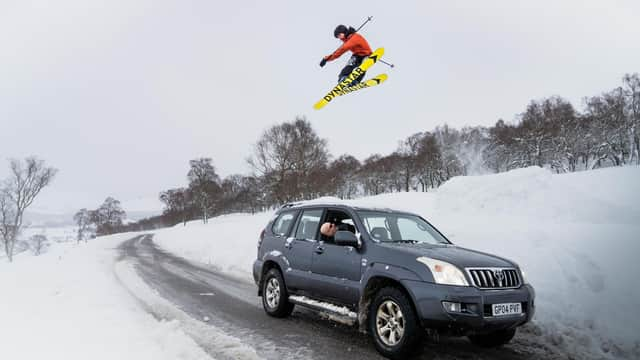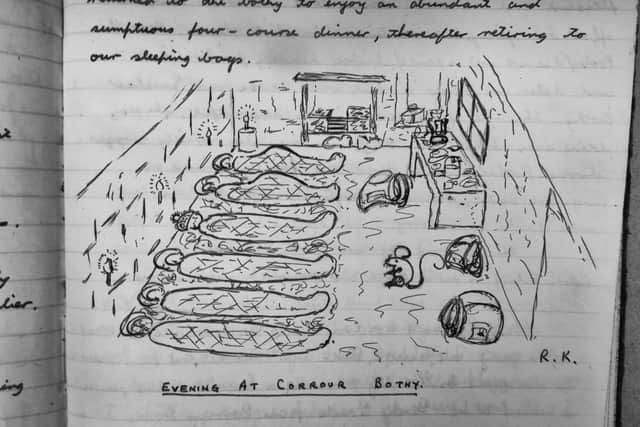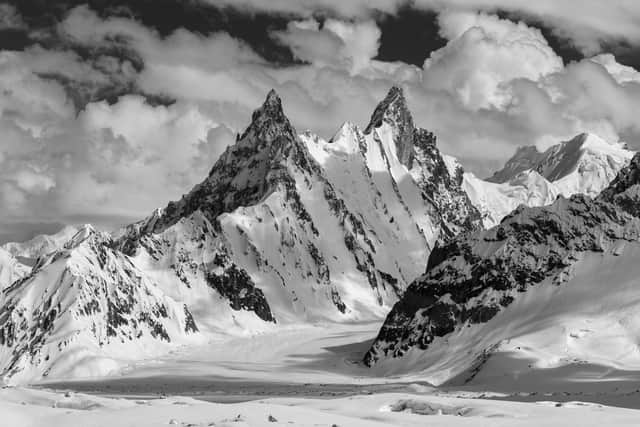From surf movies to bothy books: a vintage year for outdoor culture


Maybe it’s a coincidence, or perhaps spending much of 2020 in various states of lockdown forced the outdoors community to become more creative than usual; either way, 2021 has felt like a vintage year for books, films and other cultural artefacts dealing with mountains, oceans and everything in between.
On the literary front, the year was bookended by two important works on Scottish mountain history: Ralph Storer’s Corrour Bothy: A Refuge in the Wilderness and Andrew Dempster’s The Munros: A History. The former provides a fascinating social history of a century of hill-going as recorded in the visitors’ books of the titular bothy, situated in a remote spot in the Lairig Ghru; the latter is a wide-ranging and thoroughly-researched account of how mountains over 3,000 ft came to be a big deal in Scotland, and it also contains a lively chapter exploring the age-old schism between those who like to walk "up" mountains, à la Hugh Munro, and those who prefer to walk "into" them, à la Nan Shepherd.
Advertisement
Hide AdAdvertisement
Hide Ad(Not all the outdoors-related books released this year were quite as successful: Paul Theroux’s novel Under the Wave at Waimea, set in the big wave surfing community of Hawaii, would have benefited from being proof-read by an actual surfer (or at least someone who knew which side of a board the wax is supposed to be applied to) while Do/Walk by Libby DeLana, in which the New England-based creative director attempted to rebrand the morning walk as “MorningWalk”, will probably find a more receptive audience on the other, less cynical side of the Pond.)


One of the photography events of the year was the eagerly-anticipated release of Colin Prior’s book The Karakoram: Ice Mountains of Pakistan in February. Seven years in the making, and consisting of some 90 images captured during a series of challenging journeys, it is a monumental achievement. At the beginning of the project, Prior said he was setting out to follow in the footsteps of the great Italian climber and photographer Vittorio Sella, who captured iconic images of these almost cartoonishly hostile-looking mountains on an expedition in 1909; at the very least, he has equalled Sella’s achievement.
Almost cancelled due to the pandemic, the Scottish Landscape Photographer of the Year awards continued to push the nation’s best snappers in exciting new directions. Seven years after they were established by professional photographer Stuart Low, creativity levels and technical standards are through the roof. Meanwhile, over on the other side of the world, veteran Aussie surf snapper John Ogden released the book Waterproof: Australian Surf Photography Since 1858 – a mindbogglingly impressive compendium of work by the leading image makers of the Australian surf scene, which not only contains some serious scholarship regarding the earliest surf photographers Down Under, but also deals intelligently with the image overload of the early 21st century.
In April, the Edinburgh College of Art-trained artist David Cass launched an engaging online project called The Sea From Here, in which he brought together photographs of the sea taken during lockdown by "sea people" all around the world, supplemented with brief, thought-provoking texts concerning sea level rise written by oceanographer John Englander. Pictures taken from Yellowcraigs Beach in East Lothian and Talisker Bay on the Isle of Skye were displayed alongside images from Uummannaq in Greenland and Bruny Island in Tasmania, emphasising the shared nature of the climate crisis we all face.
Sadly, the Edinburgh and Dundee Mountain Film Festivals had to take a year off in 2021 due to the pandemic, but had they gone ahead they could have put together stellar programmes. At the start of the year, Danny MacAskill released his heart-in-mouth film The Slabs, which saw him riding his mountain bike down the steep, bald rock of the Dubh Slabs on the Isle of Skye as casually as if he were nipping out to the shops to buy milk. Then, in April, the first chapter in Torren Martyn and Ishka Folkwell’s series of surf films, Lost Track Atlantic, showed off some of Scotland’s premier breaks in all their glory – Martyn tackling double-overhead Thurso East on a twin-fin would have been spellbinding on the big screen.


Also out this year: Ride the Wave, Martyn Robertson’s thoughtful feature-length documentary about teenage Tiree super-surfer Ben Larg, and his mission to surf monster waves on the west coast of Ireland. And let’s not forget Will Gardner and Charlie Wood’s brilliant east vs west Scottish ski movie Grounded, filmed last winter, and Markus Eder’s The Ultimate Run, in which the Italian freeskier takes MacAskill’s marble-run approach to filmmaking and applies it to the intimidating peaks of the Monte Rosa above Zermatt.
At least if there’s another lockdown in the months ahead we’ll have plenty to keep us entertained.
A message from the Editor:
Thank you for reading this article. We're more reliant on your support than ever as the shift in consumer habits brought about by coronavirus impacts our advertisers.
If you haven't already, please consider supporting our trusted, fact-checked journalism by taking out a digital subscription at https://www.scotsman.com/subscriptions